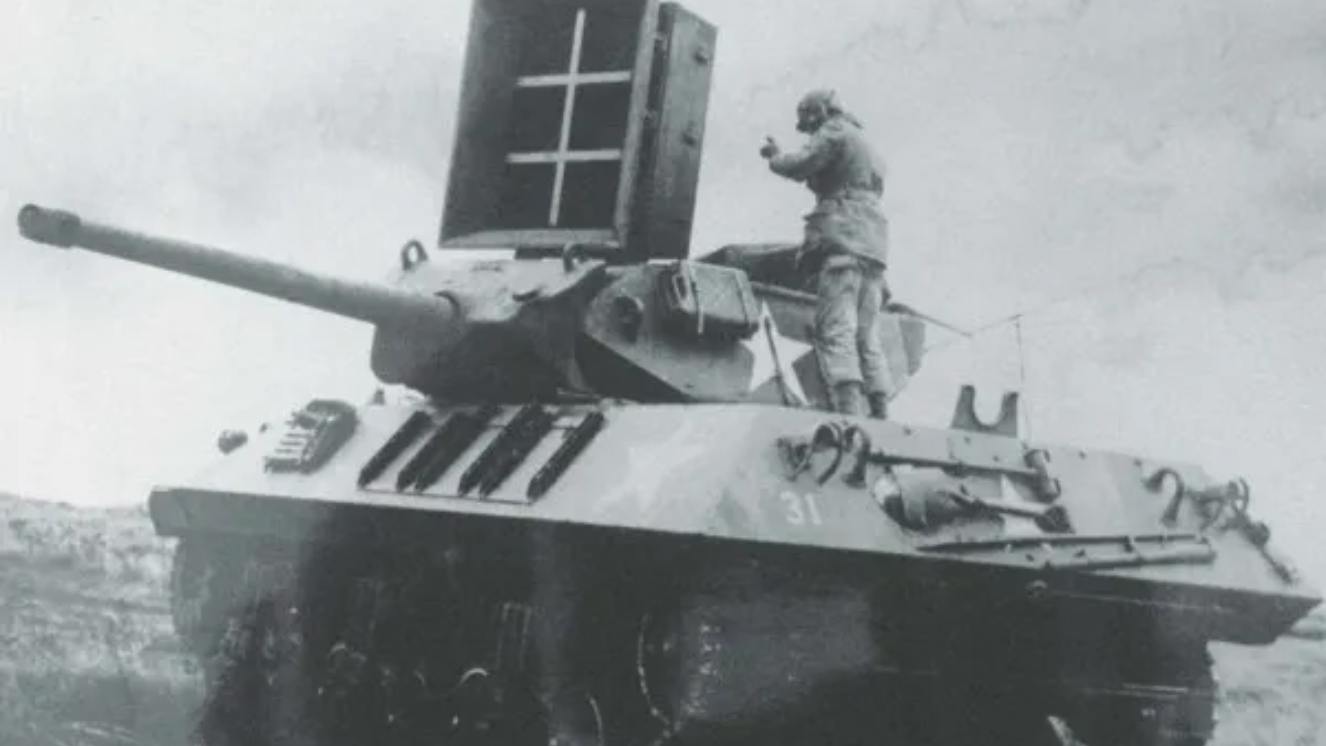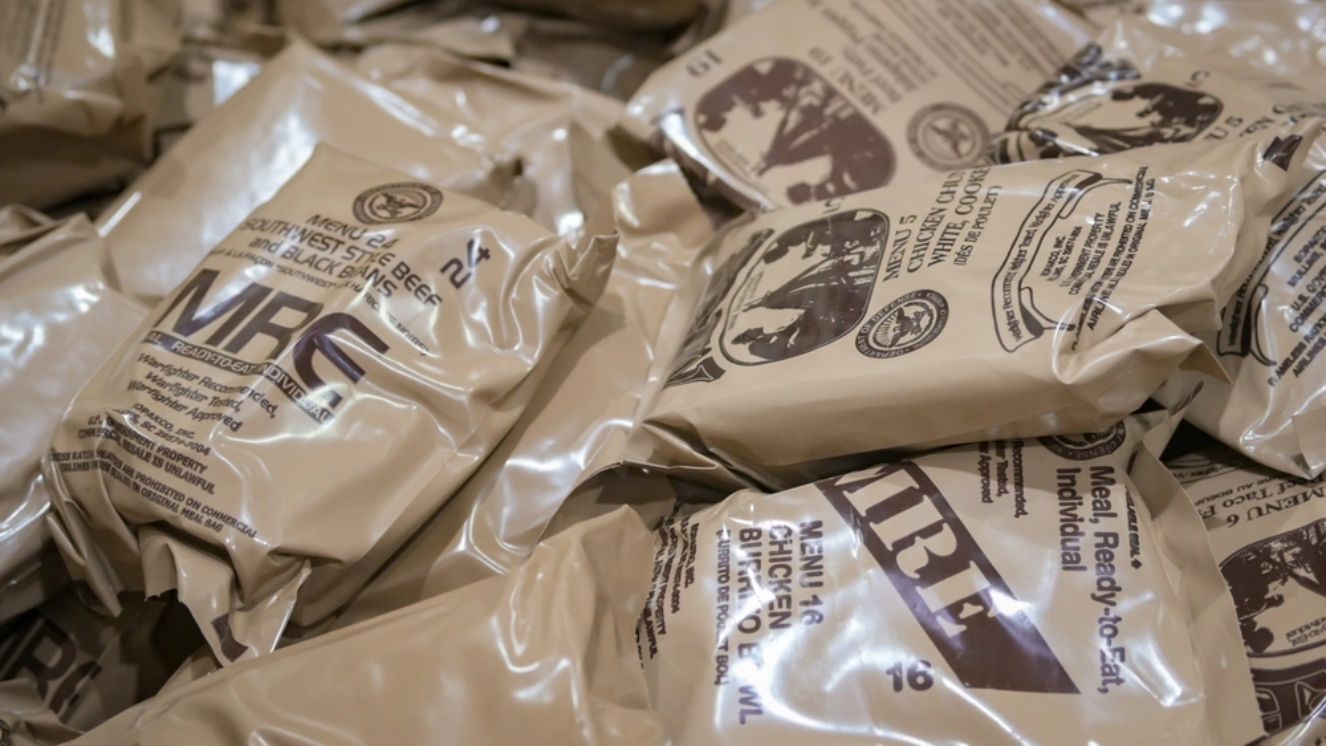TASTING HISTORY: THE STRANGE ALLURE OF DECADES-OLD MRES

Have you ever thought about eating food that’s been sealed for half a century? Most of us would laugh, gag, and throw it away. But online, there’s a thriving community of people doing exactly that — cracking open decades-old military rations and eating them on camera.
Across YouTube and collector forums, creators and hobbyists are opening vintage MREs — designed to feed soldiers in combat zones, not sit in someone’s basement since the Cold War. And yet, millions of viewers can’t look away.
Meet the Man Who Made Old Rations Go Viral
At the center of this bizarrely wholesome internet subculture is Steve1989, a YouTuber who’s become a legend in the MRE community. With his calm, almost ASMR-like delivery, he begins each video the same way:
“Let’s get this out onto a tray… nice.”
Then, with surgical precision, he slices open a ration that hasn’t seen daylight in decades.
Viewers tune in with morbid curiosity. Will it look edible — or like something scraped from a submarine floor? While Steve sometimes reviews modern MREs, it’s his vintage tastings that made him a cult favorite.
He’s not the only one. Entire forums exist where collectors trade rations like baseball cards, comparing condition, packaging, and expiration dates. Some display them as relics of history; others wait for someone brave enough to take the first bite.
What It’s Like to Eat a 50-Year-Old Meal
The million-dollar question for many people is, what is it like eating an old MRE?
To begin with, these meals were never gourmet, and even fresh MREs are known for practicality, not pleasure. After decades in storage, they become a gamble.
Some components — like crackers, biscuits, and instant coffee — hold up surprisingly well, though they tend to taste like dust and nostalgia.
But the entrées? That’s another story.
Imagine canned ham that’s turned into pink paste, beef stew separating into oily layers, or spaghetti that looks like it’s been preserved in amber since the 1960s. Doesn't sound fun, right?
The texture is unsettling, the flavor unpredictable. Some reviewers describe the food as “surprisingly edible,” while others barely manage a bite. And then there’s the smell — the first and most ominous warning. When the seal breaks, your nose tells you exactly what’s coming.
Watching someone eat a 1950s cracker shouldn’t be interesting, yet it’s hypnotic. It’s equal parts history, science experiment, and gross-out entertainment.
What Happens if a Vintage MRE Meets Your Stomach?
As fascinating as it looks, eating old MREs can be risky.
Over time, fats spoil, proteins break down, and packaging materials degrade. A ration might look fine, and can still be dangerous. Food poisoning, chemical exposure, and severe stomach regret are all part of the risk.
Still, some collectors seem nearly indestructible. Steve1989 claims he’s only gotten sick a handful of times — and not necessarily from the oldest meals. His taste tests have included everything from Vietnam-era peanut butter to Civil War hardtack that he once described as tasting like “mothballs and library books.”
But still, eating a 1968 ration is essentially culinary Russian roulette. The danger is part of the appeal — and part of why millions of people keep watching.
Why They Keep Eating Old MREs
So why would anyone eat food that expired before their parents were born?
For many, it’s not about taste at all. It’s about curiosity and history — the chance to literally consume a piece of the past.
Each MRE tells a story about what soldiers once ate, what governments considered nutritious, and how food technology has evolved.
For collectors, these rations are artifacts. For YouTubers, they’re perfect content — a mix of history, suspense, and disgust. And for viewers, they’re a safe way to satisfy morbid curiosity from behind a screen.
It’s the perfect recipe for viral content. Titles like “Opening a 1962 Pork Patty — It Still Smells Fine!” are irresistible. They promise something equal parts revolting and fascinating — the exact combination that thrives online.
Maybe Just Watch, Don’t Try
If you ever find a dusty box of military rations at a flea market, resist the urge to try them. They might be contaminated, spoiled, or downright toxic.
Better to leave the taste-testing to the professionals — or at least, to the brave souls on YouTube. Because someone, somewhere, will open it eventually. And when they do, millions will be watching.
Read next:
- Why Don’t Sailors Ever Wash Their Navy Coffee Mugs?
- The Great Power Competition Training Returns: How Each Branch Is Adapting
- Project Seal: The Secret WWII Plan That Turned Waves Into Weapons
Sources:
BY ALLISON KIRSCHBAUM
Veteran, Military History & Culture Writer
Allison Kirschbaum is a Navy Veteran and an experienced historian. She has seven years of experience creating compelling digital content across diverse industries, including Military, Defense, History, SaaS, MarTech, FinTech, financial services, insurance, and manufacturing. She brings this expertis...



